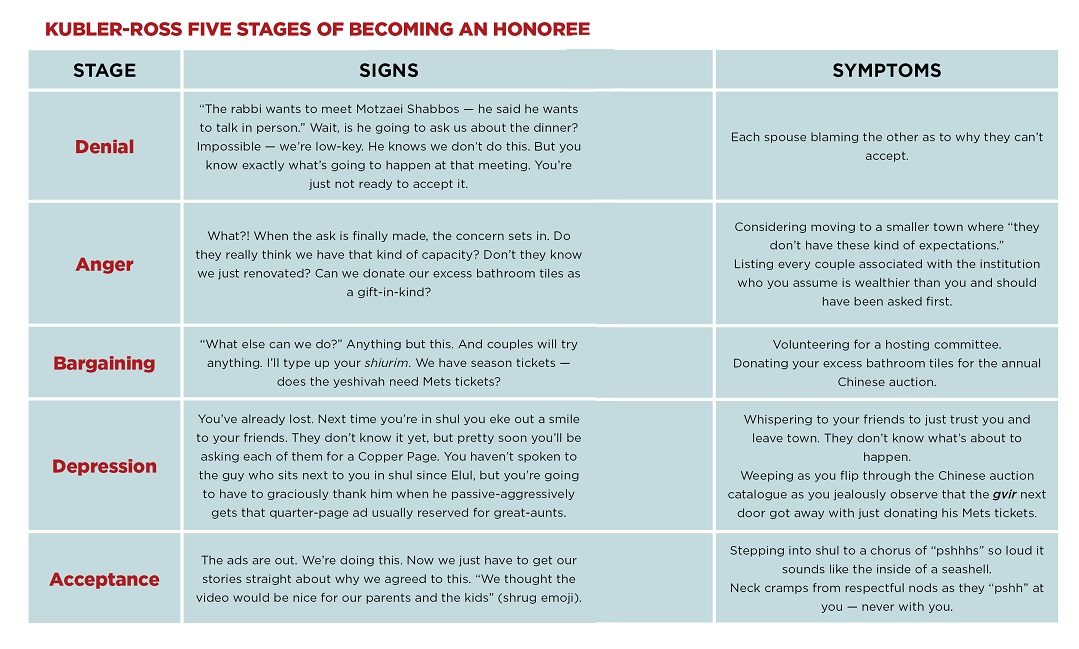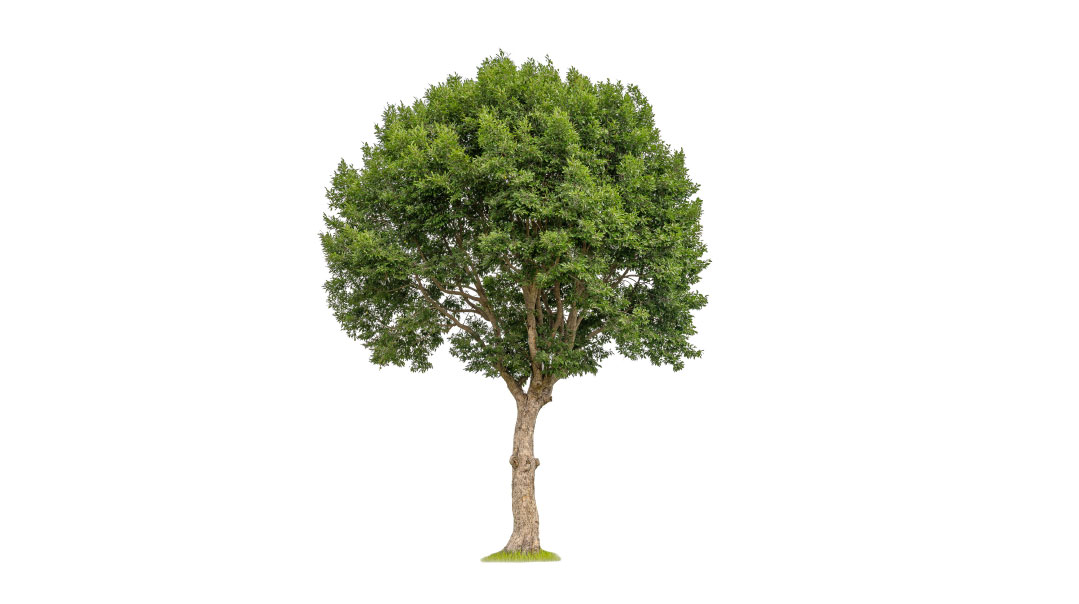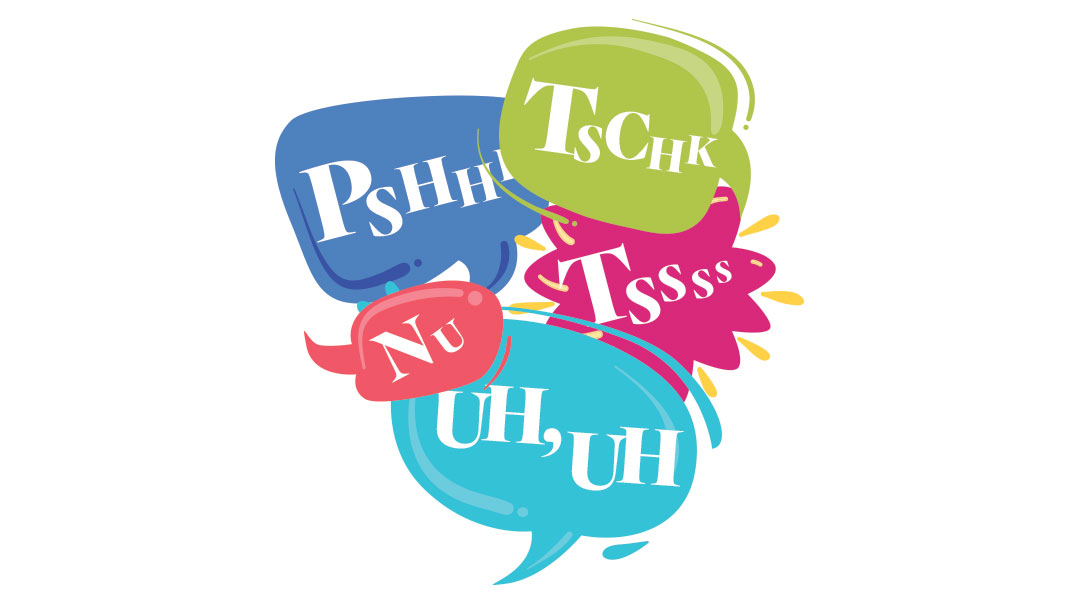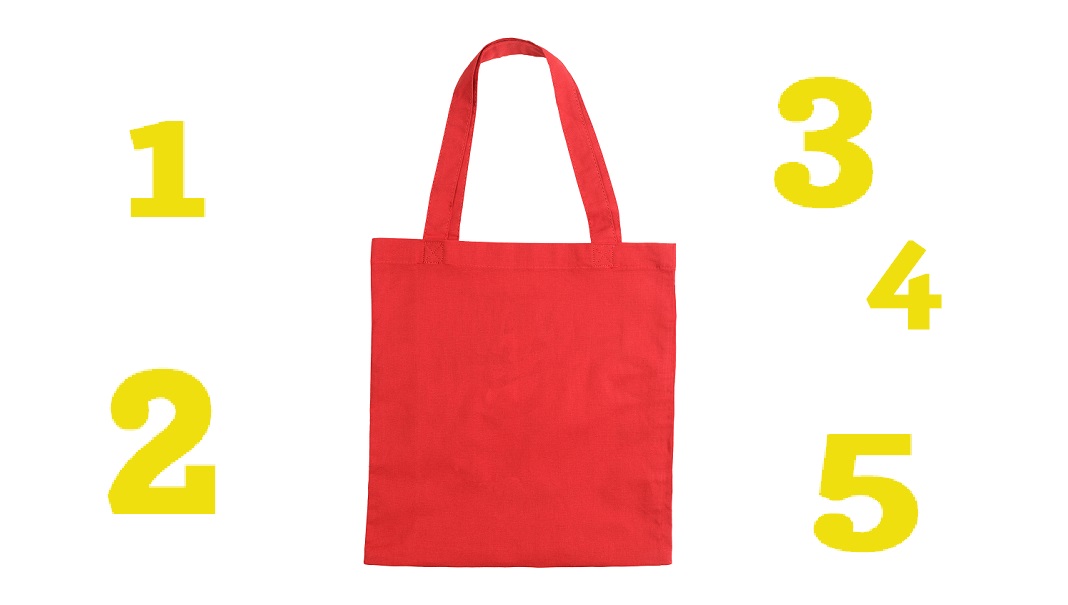Top 5 Ways to Make an Engaging Seder
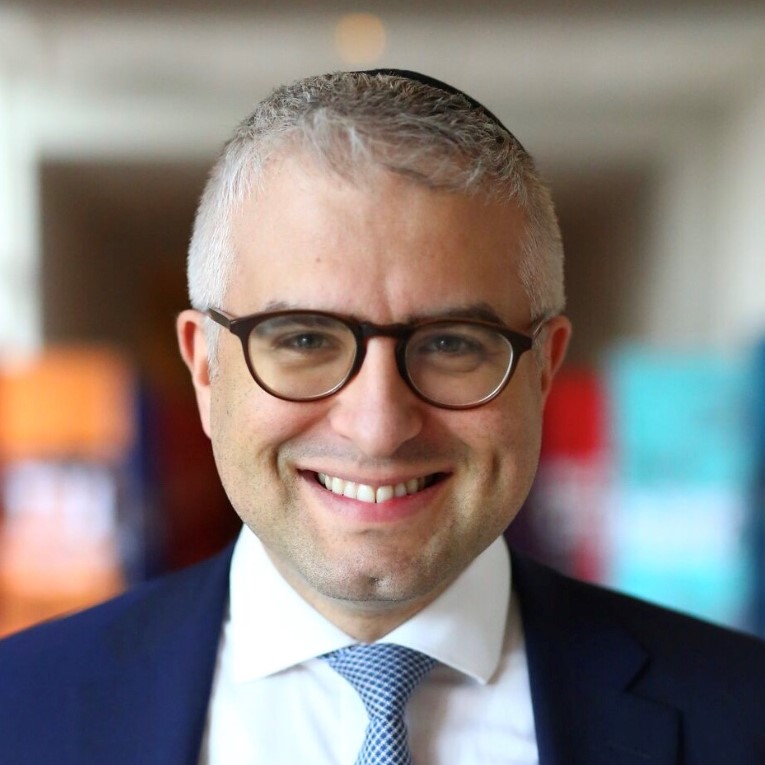
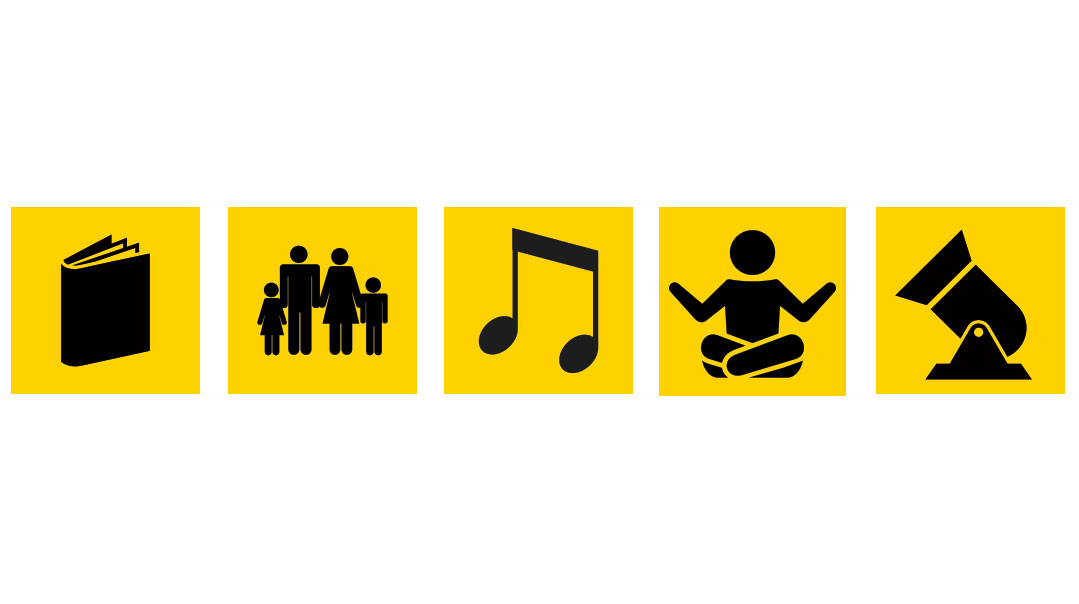
B
etween coaxing young children into saying Mah Nishtanah and asking the person sitting next to you if he can find the crack in the matzah, the Seder night is truly an exalted evening. Everyone has a new Haggadah, bursting to share the ideas they heard in yeshivah and seminary. But some chiddushim only come from experience. Here are 5 things you can do to help create special moments at your Seder.
Repeat Yourself
It’s great that you have four new Haggados this year, but make sure you also find time to return to a few of the same essential ideas of previous years. Confession: I forget much of what was said at the Seder, but I absolutely remember the idea my father shares every year about karpas. Don’t worry if everyone at the Seder heard that one already — that’s the point. Returning to a few core ideas and words of Torah builds continuity and familiarity from one Seder to the next. Remember: Repetition can be your friend. Say it with me, repetition can be your friend.
Family Reunion
The Pesach Seder is about the collective redemption of the Jewish nation, but it is also an appropriate time to share personal and familiar stories of liberation. In a fascinating New York Times article by Bruce Feiler, he recalls a study conducted at Emory University that examined what builds resilient children. The study found that children who know the successes and difficulties of their parents and grandparents have the healthiest emotional well-being. Take a moment at the Seder and share some family stories about the ups and downs of the family members present and those from the previous generation.
Sing
Seder songs are great, but don’t limit your Seder to just classics. Introduce a new niggun or sing something that is not normally sung at the Seder. Our family actually concludes each Seder night with an obscure Yiddish song that’s basically “Chad Gadya,” but about an apple that won’t fall from the tree. It’s something we all look forward to, even though Yiddish isn’t our first language.
Access Your Inner Child
Most people look at the questions and style of the Haggadah as a means to engage the children. But maybe there is another way to look at it. There is an unusual dedication in the beginning to Antoine de Saint-Exupéry’s book The Little Prince. Instead of a classic dedication, he adds that the dedication is to his friend “when he was a little boy.” Childhood, as much of the book discusses, is full of wonder and curiosity. Much of that can be lost in adulthood. Maybe the Seder is not just about engaging children, but about cultivating and accessing our inner childlike wonder. Some school yearbooks include pictures of the graduates when they were little kids. Maybe a similar practice may be worth considering at the Seder. It’s not enough to engage our children; we also need to connect to the child that resides inside of us.
Soap Box
Over a hundred years ago, it was common for people to stand on a discarded shipment box while making an address to an oftentimes unsuspecting audience. This practice, known as a soapbox, is still popular today. While we no longer use actual boxes, everyone wants their moment to command the audience and say their piece. Make sure you Seder gives everyone this opportunity. Whether you use an actual soapbox, a shtender, makeshift “speaking flags,” or just talk around the table, make sure everyone present has a moment to share an idea or a memory.
(Originally featured in Mishpacha, Issue 704)
Oops! We could not locate your form.

